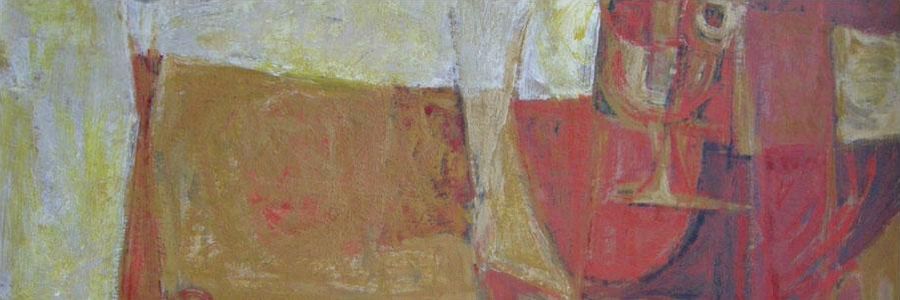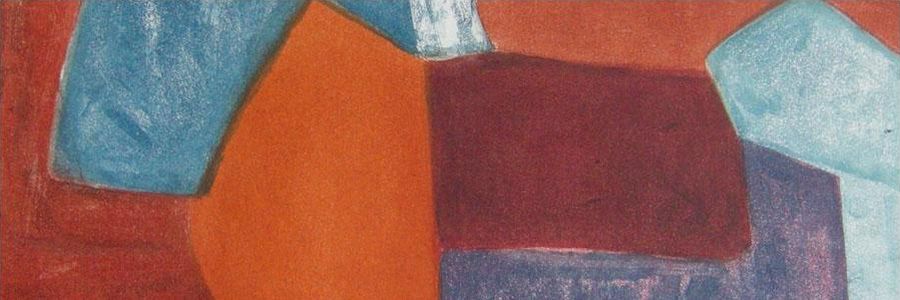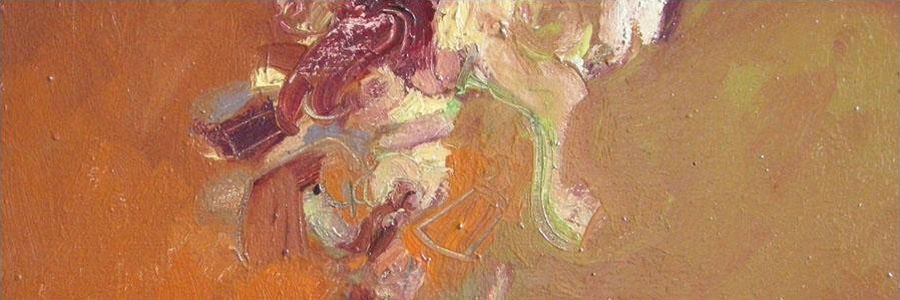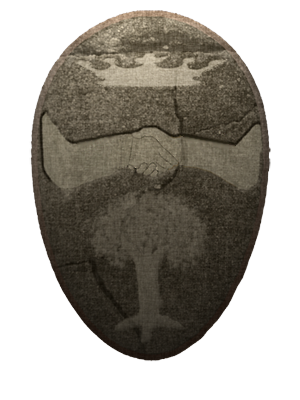









Jehan Georges VibertJehan Georges Vibert (French 1840-1902) Vibert was born September 30, 1840 in Paris. He began his artistic training at a young age under the instruction of his maternal grandfather, engraver Jean-Pierre-Marie Jazet. He was more interested in painting than engraving and entered the studio of Félix-Joseph Barrias and eventually the École des Beaux-Arts when he was sixteen. He remained at the École for six years under the instruction of historic painter François-Edouard Picot. Vibert debuted at the Salon of 1863 with La Sieste (The Siesta) and Repentir (Repentance). During the Franco-Prussian War, Vibert became a sharpshooter and was wounded at the battle of Malmaison in October 1870. He was awarded the Légion d’Honneur and became a Chevalier de la Légion d’Honneur in recognition of his sacrifice. He became an Officer of the Légion d’Honneur in 1882. Vibert submitted work to the Salon until 1899. The popularity of his works spread gained him fame in America and fetched high prices including commissions from John Jacob Astor IV and William Vanderbilt. A large collection of works by Vibert was amassed by the heiress May Louise Maytag on behalf of then bishop of Miami Coleman Carroll, who greatly fancied them. This large cache was then donated to the Florida seminary St. John Vianney College in Miami. Note: Anti-clerical art is an art movement portraying clergy (especially Roman Catholic clergy) in unflattering contexts. It was especially popular in France during the second half of the 19th century, at a time that the anti-clerical message suited the prevailing political mood. Typical paintings show cardinals in their bright red robes engaging in unseemly activities within their lavish private quarters. Nineteenth and early twentieth century artists known for their anti-clerical art include Francesco Brunery, Georges Croegaert, Charles Édouard Delort, Jehan Georges Vibert, and Eduardo Zamacois y Zabala. Masami Teraoka is among the contemporary painters producing anti-clerical art. Works |